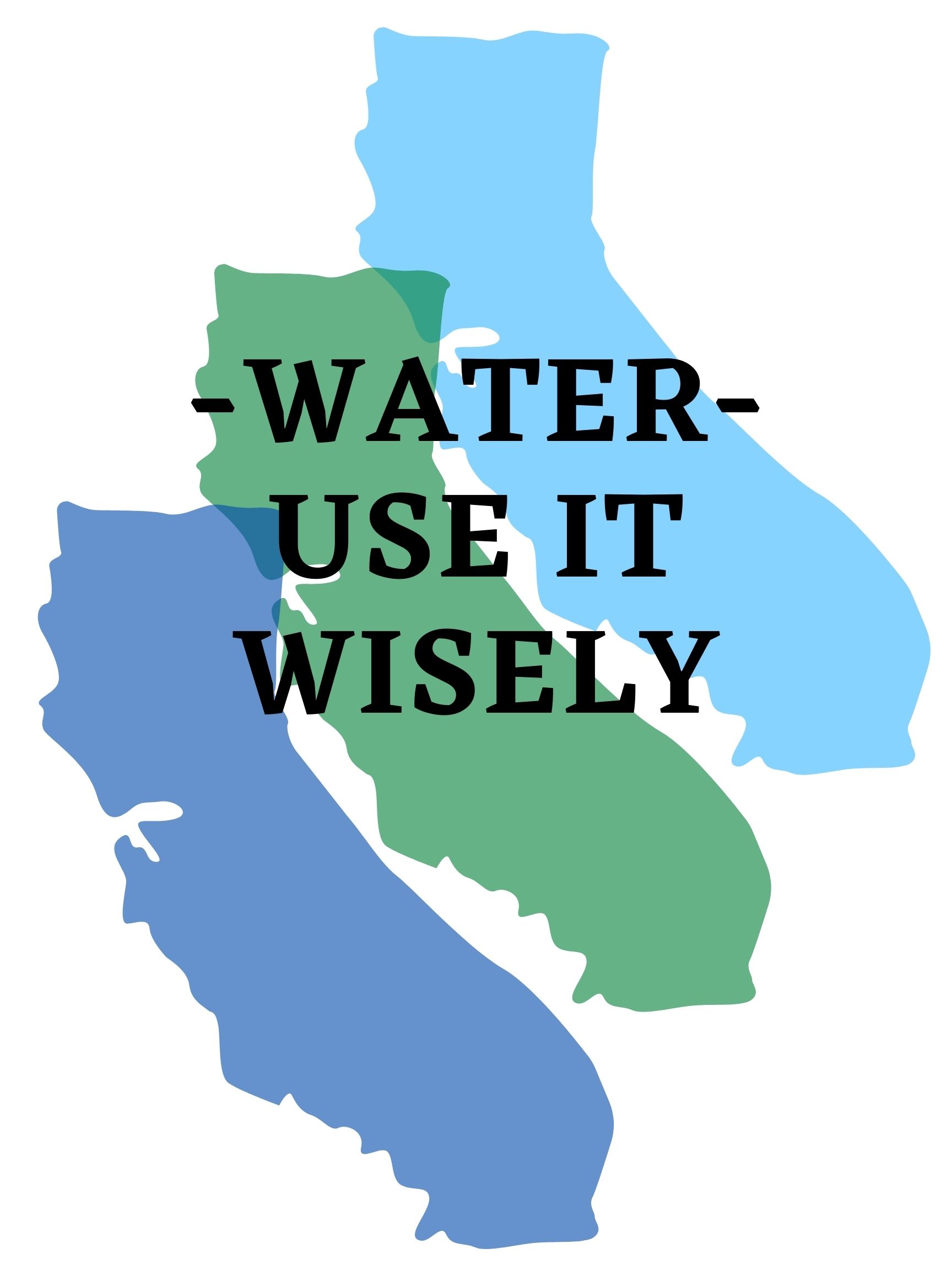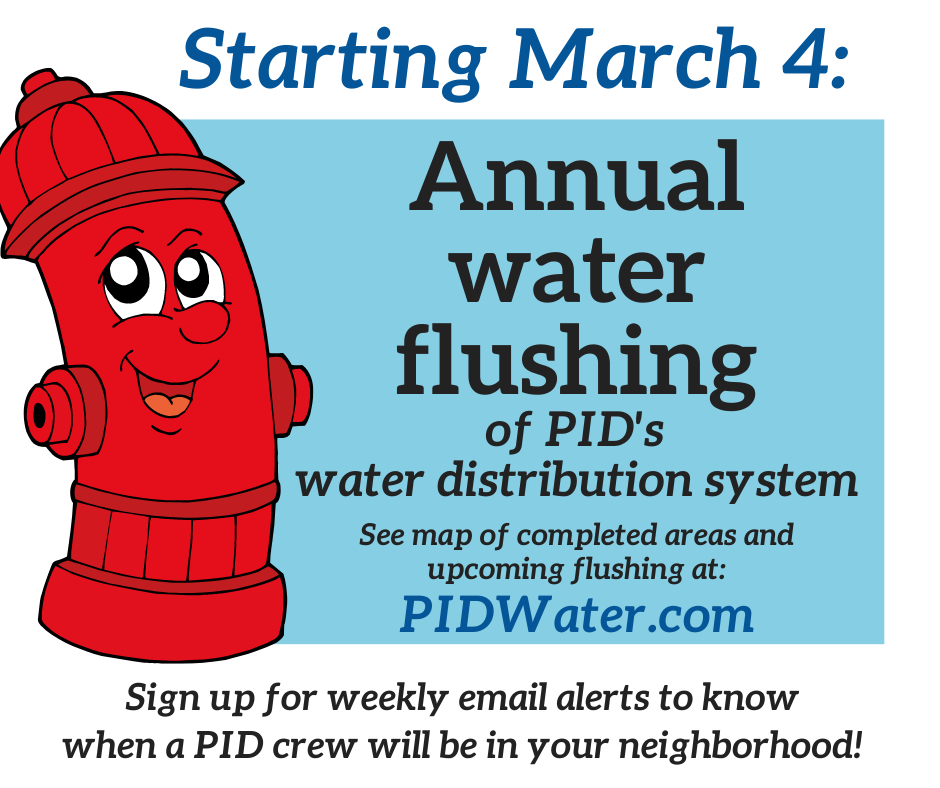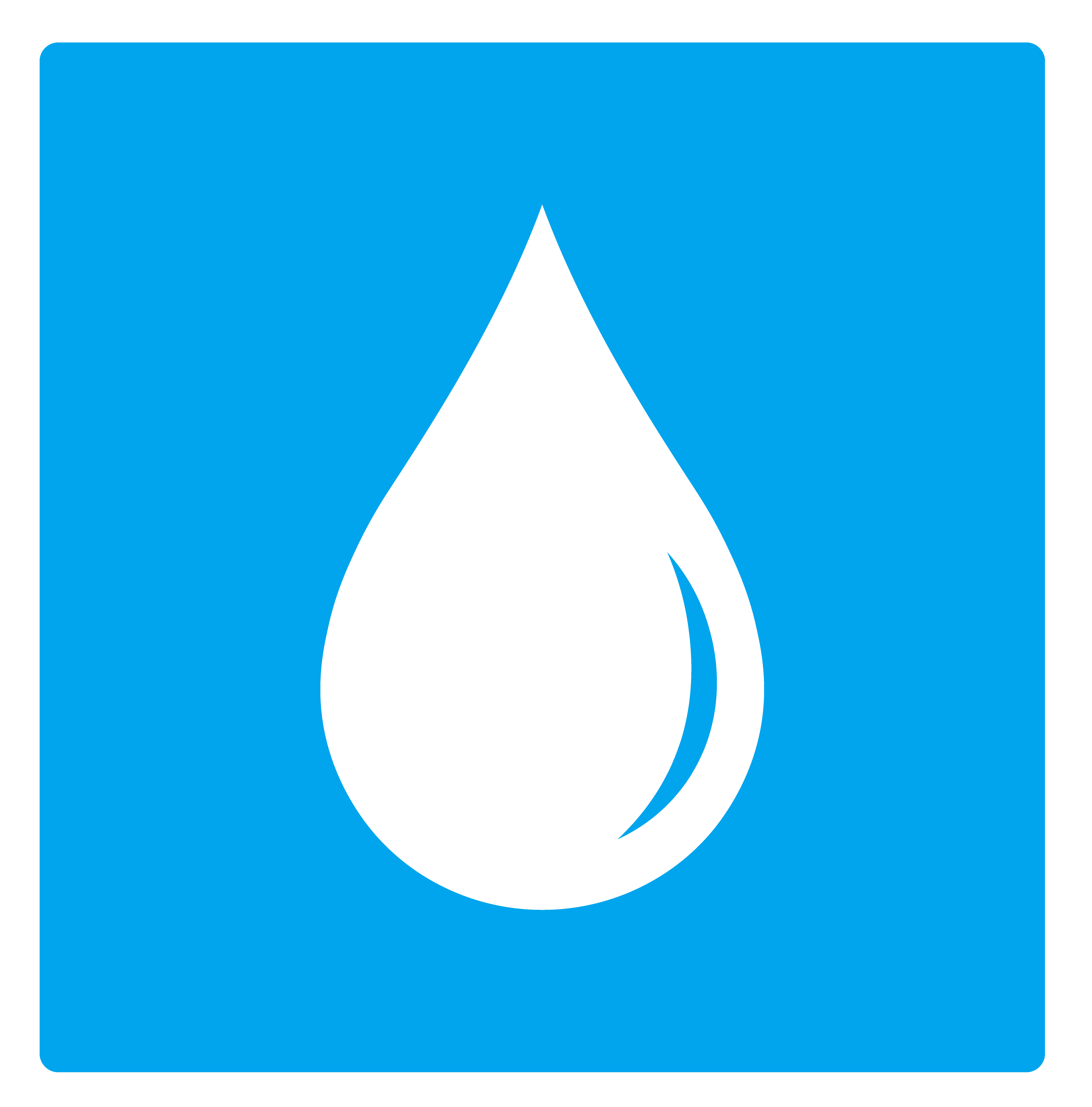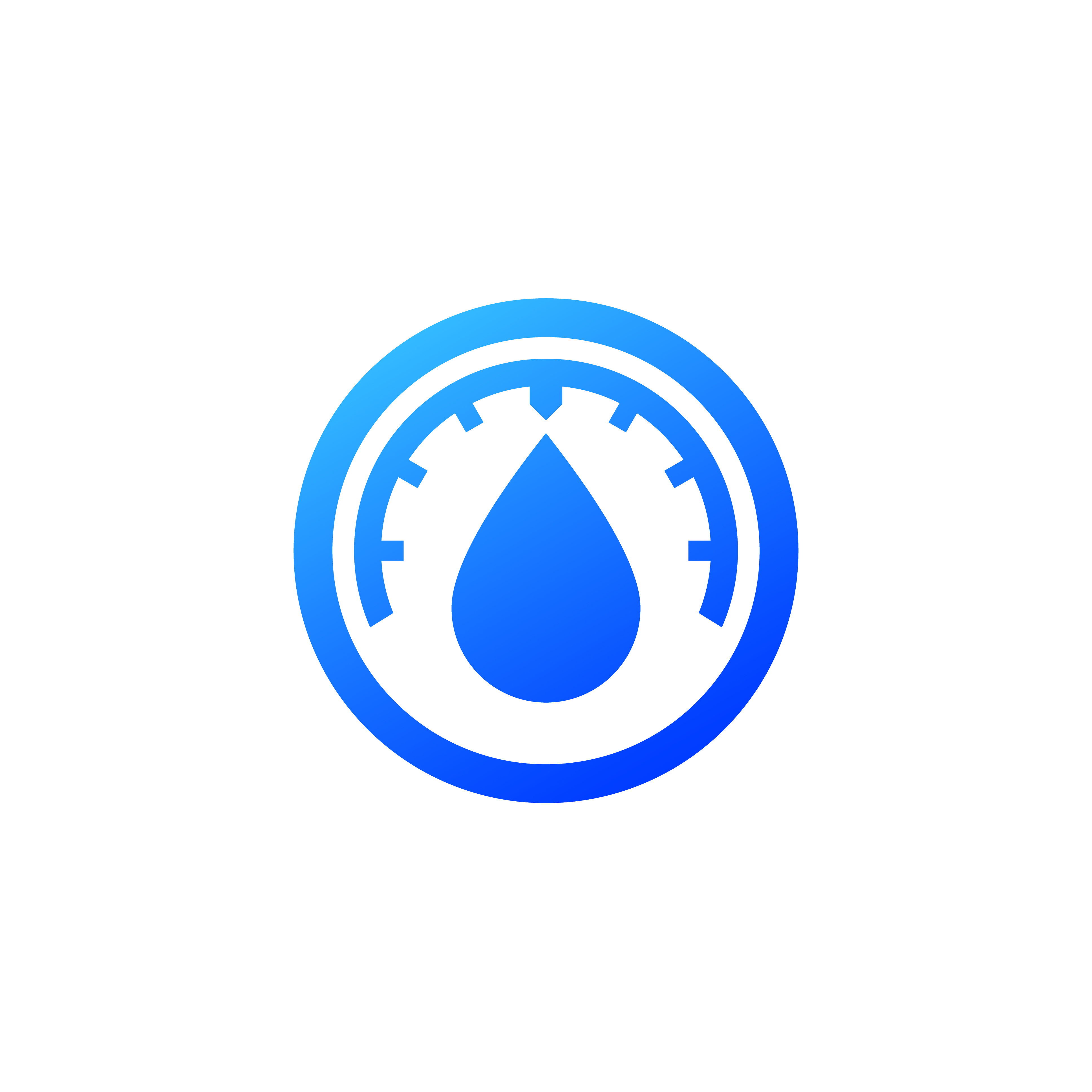CCR Report Definitions
RAL (Regulatory Action Level): Concentration of a contaminant which, if exceeded, triggers treatment or other requirements that a water system must follow.
μS/cm (microsiemens per centimeter): A unit expressing the amount of electrical conductivity of a solution.
MCL (Maximum Contaminant Level): The highest level of a contaminant that is allowed in drinking water. Primary (health-related) MCLs are set as close to the PHGs (or MCLGs) as is economically and technologically feasible. Secondary MCLs (SMCLs) are set to protect the odor, taste and appearance of drinking water.
MCLG (Maximum Contaminant Level Goal): The level of a contaminant in drinking water below which there is no known or expected risk to health. MCLGs are set by the USEPA.
MFL (million fibers per liter): A measure of the presence of asbestos fibers that are longer than 10 micrometers.
MRDL (Maximum Residual Disinfectant Level): The highest level of a disinfectant allowed in drinking water. There is convincing evidence that addition of a disinfectant is necessary for control of microbial contaminants.
MRDLG (Maximum Residual Disinfectant Level Goal): The level of a drinking water disinfectant below which there is no known or expected risk to health. MRDLGs do not reflect the benefits of the use of disinfectants to control microbial contaminants.
NA: Not applicable.
ND (Not detected): The substance was not found by laboratory analysis.
NS: No standard.
NTU (Nephelometric Turbidity Units): Measurement of the clarity/cloudiness—or turbidity—of water. Turbidity in excess of 5 NTU is just noticeable to the average person.
PDWS (Primary Drinking Water Standard): MCLs and MRDLs for contaminants that affect health, along with their monitoring and reporting requirements and water treatment requirements.
PHG (Public Health Goal): The level of a contaminant in drinking water below which there is no known or expected risk to health. PHGs are set by the California EPA.
TT (Treatment Technique): A required process intended to reduce the level of a contaminant in drinking water.
ppm (parts per million): One part substance per million parts water (or milligrams per liter). Imagine one ping-pong ball in an Olympic-sized swimming pool.
ppb (parts per billion): One part substance per billion parts water (or micrograms per liter). Imagine one ping pong ball in 1,000 Olympic-sized swimming pools.
pCi/L (picocurries per liter): A measurement of radioactivity.










